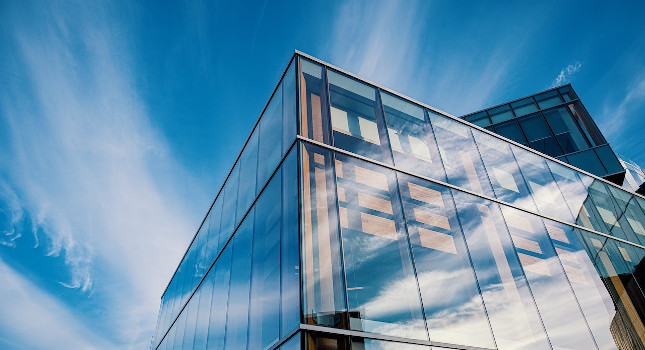
Common phrases from many people’s childhoods probably include, “Turn off the lights when no one is in the room,” and “Do you think we live in a barn? Shut the door!” My father’s favorite phrase took it one step further: “You’re cold? Show me your thermal underwear, then we’ll talk.” Being energy efficient was in vogue for many parents.
Now that I’m older, I find myself turning the thermostat down in the winter and putting on more clothes or blankets. I’ve already shifted all my lights to energy-efficient options. And I take advantage of home insulation, updated windows, natural shading in the summer, energy-saving kitchen appliances, on-demand hot water and a high-efficiency HVAC system.
My house is part of a direct load switch program in which the local electrical utility can shut down the air conditioning during peak times to save on energy. And I can see my energy use in real-time, which keeps me in line and encourages me to reduce usage if it’s deviating wildly.
But does this really do enough? Are my efforts making a dent in the world’s energy use? In the U.S. Energy Information Administration’s Annual Energy Outlook, households consume about 21% of energy in the United States.
When electrical system energy losses are included, the residential and commercial sectors accounted for about 21% and 18%, respectively — 39% combined — of total U.S. energy consumption in 2021.
Commercial buildings consume only slightly less than residential, and the business conducted within the building will directly affect the kilowatt-hours used.
New construction has the advantage of allowing for energy-efficient building siting, along with more energy-efficient construction materials. Every building, however, can offer automation or controls to manage lighting, HVAC or other aspects of the building. Each building owner can also bring in experts to audit its systems, or add natural lighting like skylights to a low-rise building or structure. And, all kidding from my dad aside, HVAC systems can be turned up or down just 1°F to save on heating and cooling.
The world’s energy crisis has been pushed to the forefront over the past several months, especially with the geopolitical controversies with Russia. Gas and oil have supplies from Russia been sharply cut or eliminated entirely for European Union countries.
That lends itself to questions in the United States about future energy resources that serve the commercial building sector. What — specifically — are you doing to ensure all aspects of your products or building design are energy efficient? Please email me at [email protected] and tell me your story.
The post "How energy efficient are we, really?" appeared first on Consulting-Specifying Engineer






0 Comments